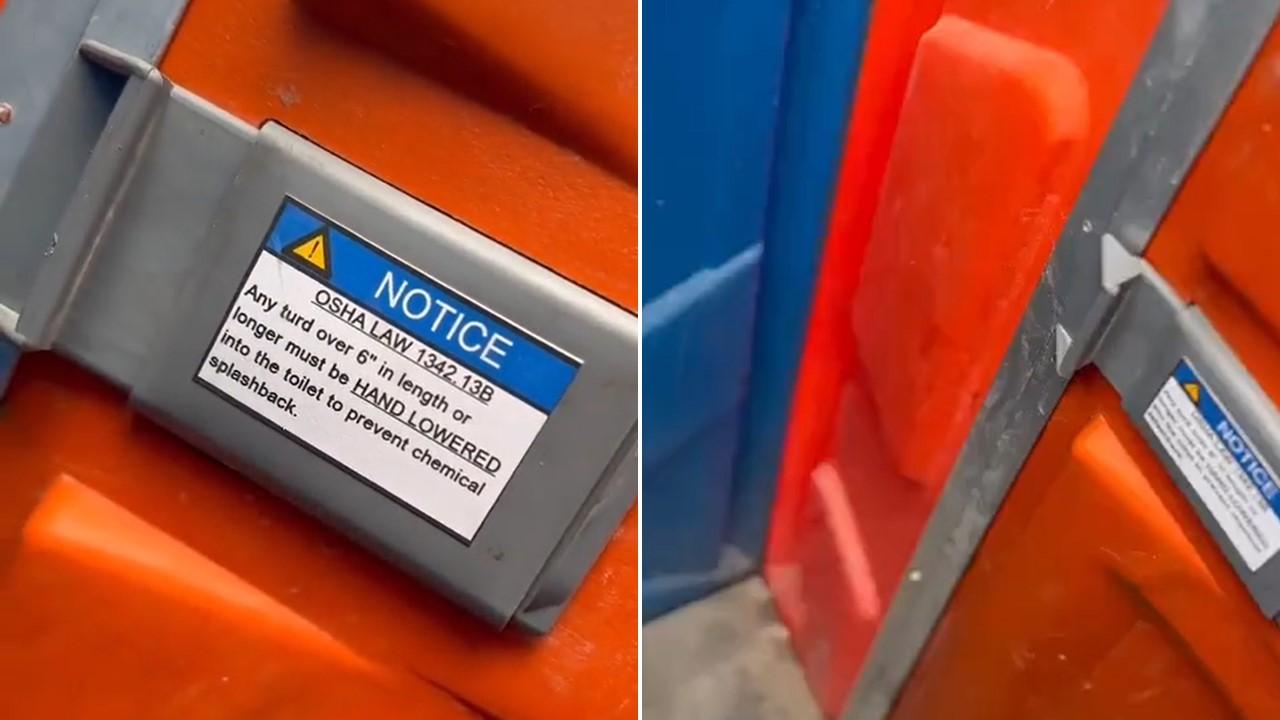Get The Right Type Of Porta Potties Today
Despite their practicality, porta potties can sometimes lack the amenities and cleanliness of traditional indoor restrooms.
 Nevertheless, they continue to be a convenient and essential option for many people who need access to a bathroom in these types of scenarios. Here’s how they work.
Nevertheless, they continue to be a convenient and essential option for many people who need access to a bathroom in these types of scenarios. Here’s how they work.
Always a popular subject, osha has standards that dictate the acceptable number of facilities that must be provided for workers at a worksite to maintain a modicum of health operations and human rights. A good rule of thumb for worksites is to provide one porta-potty for every person that is expected to work 40 hours per week. With that in mind, there are many different types and capabilities of porta-potties and that must be considered by the foreman or procurement agent on the job. If you’re the person in charge of arranging the rental for the construction porta potty, there are several considerations to add to your construction site checklist. https://en.wikipedia.org/wiki/Portable_toilet
Is Your Company a Member?
Osha requires that portable toilets be serviced regularly to ensure a sanitary condition. Remember, an unsanitary toilet does not meet the requirements for an “adequate and readily accessible” toilet to help you meet the minimum requirement.
 Your company is required to “establish and implement a schedule” to ensure that portable toilets are “maintained in a clean, sanitary, and serviceable condition. ”.
Your company is required to “establish and implement a schedule” to ensure that portable toilets are “maintained in a clean, sanitary, and serviceable condition. ”.
The OSHA Requirements for Sanitary Portable Toilets
Osha also requires job site restrooms to be in sanitary condition. Employers should provide : hot and cold running water (or lukewarm water) a cleansing agent, like hand soap warm air blowers or individual hand towels (e. G. , paper or cloth) trash cans for disposal of hand towels and feminine hygiene products and, of course, we need to mention cleanliness, as in how often the portable restrooms are cleaned. While there are no set rules, osha requires employers to “regularly” evaluate toilet conditions and set routine servicing schedules for cleaning, waste removal, and supply replenishment. (the servicing scheduling should account for the number of on-site toilets, workers, and shifts.
Jul 29, 2019 updated sep 13, 2019 yes, osha has regulations even for that, and if you pride yourself on following the letter and spirit of the agency’s law, here are the most important details: one toilet for 20 or fewer employees. If you have more than 20 employees, one toilet seat and one urinal per 40 employees. One seat and one urinal per 50 workers, if you have 200 or more employees on site. Toilets must be within a 10-minute walk. Key-only toilet access is not permitted without good reason. Portable toilets must be gender specific. There is also an “interpretation” in the standard that states that your portable toilets must be “sanitary.
When renting construction portable toilets, you need to comply with osha law dictating the number of portable toilets per construction worker. Zters calculator accounts for osha law and our account reps can identify local ordinances in your area. For health and sanitary purposes, the required number of construction portable toilets is: one toilet for up to 20 employees one toilet seat and one urinal per 40 workers for over 20 employees
toilet facilities must be available at every worksite, with mobile worksites being the exception. Employees in mobile work crews must have transportation readily available to toilet facilities “nearby,” however, and agricultural workers must have toilet and hand-washing facilities within a quarter-mile of the worksite. Employees must have reasonable access to a bathroom facility. According to an april 6, 1998, osha memorandum, the standard mandates that “employers allow employees prompt access to bathroom facilities,” and that “restrictions on access must be reasonable, and may not cause extended delays. ” employers should also carefully consider restrictions for employees with certain medical conditions such as prostate and bladder control issues, and pregnancy, when dealing with bathroom breaks, as the americans with disabilities act might require extended or more frequent breaks as a reasonable accommodation.
Osha's sanitation standard, 29 cfr 1926. 51 requires employers to provide accessible sanitary facilities for all personnel and to ensure that these facilities are maintained in an appropriately, clean and sanitary condition. Access to sanitary facilities can be challenging on some construction sites. Temporary facilities are usually unisex, and often not very well maintained or over used. As a result, women report that they avoid drinking water on the job, risking heat stress and other health problems because of the lack of appropriate facilities available to them. Scientific literature indicates that holding urine in the bladder for more than one hour, after experiencing the urge to urinate, leads to a higher incidence of urinary tract infections.
